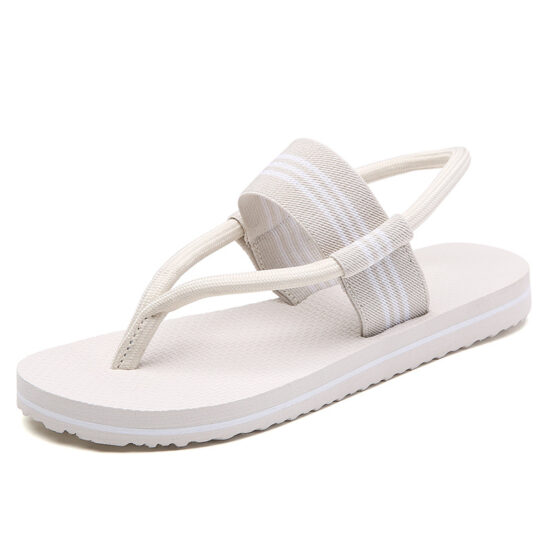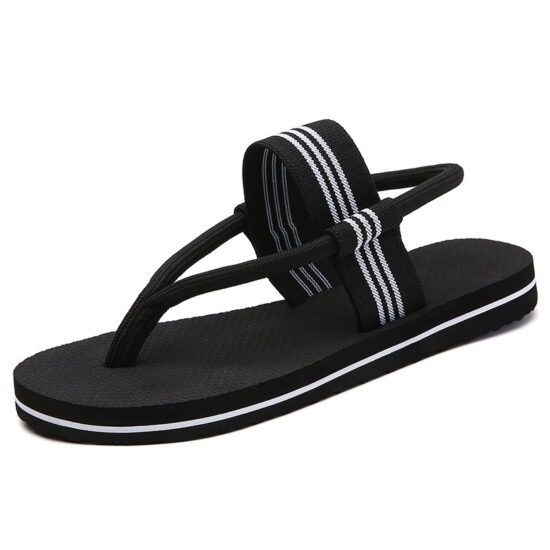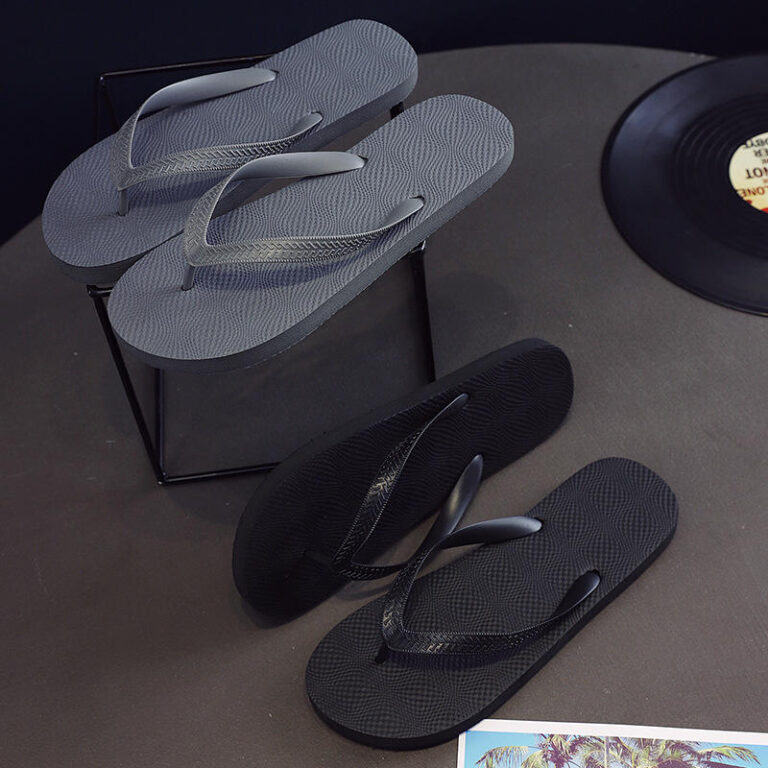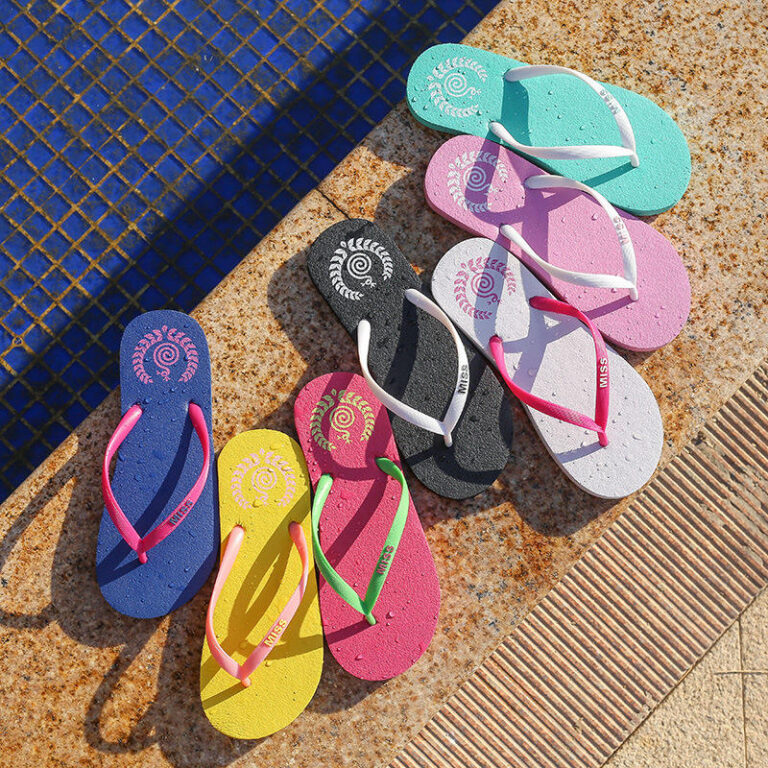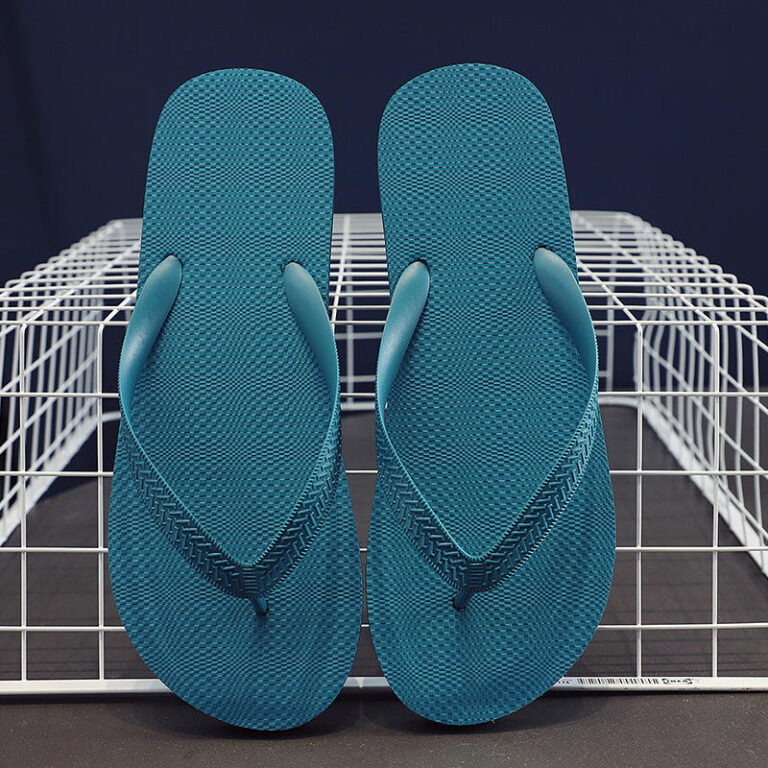jay@nbdho.com
The History of Flip Flops: From Ancient Times to Modern Footwear
Introduction:
Flip flops are an iconic footwear choice, commonly associated with casual, warm-weather relaxation. But did you know that these simple sandals have a long and fascinating history? From ancient civilizations to modern-day fashion, flip flops have evolved in both style and function. In this blog post, we’ll take a journey through the history of flip flops, tracing their origins and exploring how they’ve transformed into the footwear we know and love today.
1. Ancient Origins of Flip Flops
The history of flip flops can be traced back to ancient civilizations, where similar types of footwear were worn for both practical and ceremonial purposes.
-
Ancient Egypt: The earliest known examples of flip flop-like footwear date back to around 4,000 years ago in ancient Egypt. Egyptians crafted sandals from papyrus, reeds, or leather, and these sandals had a simple thong design, similar to modern-day flip flops. These sandals were worn by both men and women and were often decorated with intricate designs.
-
Ancient Greece and Rome: Flip-flop-like sandals were also common in ancient Greece and Rome. The Greeks used leather straps to secure sandals to their feet, while Romans made use of a variety of materials, including wood, leather, and metal. Roman soldiers, in particular, wore sandals that resembled modern flip flops, often with a simple thong between the toes.
2. Flip Flops in Asia
In Asia, flip-flop-style footwear has a long history, particularly in Japan and China. In Japan, the traditional “geta” sandals, which are wooden platforms worn with a thong, have been worn for centuries.
-
Japan: The Japanese geta is often considered a precursor to the modern flip flop. These sandals have been a staple of Japanese culture for centuries, with the thong design securing the sandals to the foot. Geta sandals are typically worn with traditional clothing such as kimonos.
-
China: In China, flip-flop-style footwear was also common in ancient times. Early Chinese sandals were made of straw or leather and were worn for comfort and practicality.
3. The Rise of the Modern Flip Flop
While flip-flop-like sandals have existed for centuries, the modern design of the flip flop that we recognize today began to emerge in the 20th century.
-
Post-World War II: After World War II, the flip flop gained popularity in Western countries, particularly in the United States. The arrival of rubber-based flip flops, made with affordable, mass-produced materials, made these sandals more accessible to the general public. The rise of leisure culture in the post-war years helped cement flip flops as the go-to footwear for casual, outdoor activities.
-
The 1960s and 1970s: During the 1960s and 1970s, flip flops became even more popular as they were associated with the growing beach culture, particularly in California. The laid-back, carefree vibe of the beach lifestyle made flip flops a must-have for vacationers and surfers. This period also saw the introduction of more colorful and vibrant designs, making flip flops a fashion statement in addition to functional footwear.
4. Flip Flops Today
In the 21st century, flip flops have evolved into one of the most popular types of footwear worldwide. No longer just a casual option for the beach, modern flip flops come in a wide variety of materials, designs, and styles.
-
Fashion Statements: Flip flops are now available in a range of materials, from rubber to leather, and come in countless colors, patterns, and embellishments. Designers have embraced the flip flop as a fashion accessory, with high-end brands even releasing flip flop collections.
-
Comfort and Functionality: Modern flip flops are designed with comfort and durability in mind. Many brands offer flip flops with added features like cushioned footbeds, arch support, and ergonomic designs, making them suitable for all-day wear.
Conclusion:
The history of flip flops is a testament to their enduring appeal and practicality. From ancient civilizations to modern-day fashion, flip flops have undergone countless transformations, adapting to the needs of each era. Today, they remain a symbol of comfort, relaxation, and style, proving that sometimes the simplest designs have the most staying power.
